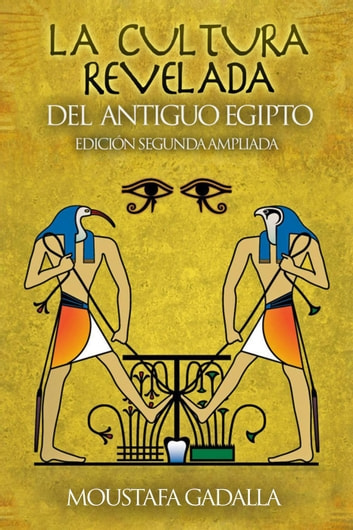La lengua egipcia culta
The Ancient Egyptian texts reflect the high culture of the Egyptian language and people. The German Egyptologist, Adolf Erman, in his book The Literature of the Ancient Egyptians [page xxiv], wrote:
As far back as we can trace it, the Egyptian language displays signs of being carefully fostered. It is rich in metaphors and figures of speech, a “cultured language”, which “composes and thinks” for the person who writes.
El egiptólogo británico Alan Gardiner, en su libro Gramática egipcia [page 4], wrote:
No less salient a characteristic of the language is its concision; the phrases and sentences are brief and to the point. Involved constructions and lengthy periods are rare, though such are found in some legal documents. The vocabulary was very rich. The clarity of Egyptian is much aided by a strict word-order. . .
The variety of subjects found in Ancient Egyptian writings is wide, including:
- Religious and funerary texts
- Business and legal records
- Scientific literature/documents (such as mathematical papyri)
- Astronomical observations
- Medical works
- Wisdom literature
- Meditations
- Letters
- Poetry, lyrics, and hymns
- Magic
- Egyptian stories
- Travel
Because there is no distinction between sacred and mundane for the Ancient Egyptians, interpretations of Egyptian texts are, to a very considerable extent, determined by the attitudes of academia involved in the work. Uninformed Western academia will (and has) come up with one kind of useless interpretation, while those who are truly studious will make a totally different interpretation of the same text, showing the knowledge and enlightenment of the Egyptians.
Egyptians were able to utilize writings in all aspects of their lives by inventing excellent writing materials and books. They used writing materials of leather, stone, wood, and papyrus, as opposed to the Minoan-Mycenean, Babylonians, and others who had to imprint their signs on clay, a procedure that has produced the unpleasant crude shapes of cuneiform.
The Ancient Egyptians manufactured books by gumming separate sheets of papyrus together; and there are magnificent manuscripts measuring 65 and 130 ft. [20 and 40 m]. The Egyptians utilized pens and ink of indestructible permanence, which they ground on wooden palettes. These writing surfaces and tools were plentiful, allowing the scribes to write manuscripts drawn in clear, elegant, round, firm signs. Using a pen (instead of a pointed tool) results in more round-shaped letters.
[For more information about the subjects in this chapter read four publications by Moustafa Gadalla, as follows:
– The Ancient Egyptian Alphabetical Letters of Creation Cycle
– Los modos de escritura universales del antiguo Egipto
– Los aspectos musicales del lenguaje vocal del antiguo Egipto
– El lenguaje metafísico de los jeroglíficos egipcios]
[Un extracto de Antiguo egipcio: cultura revelada, segunda edición por Moustafa Gadalla]
https://egyptianwisdomcenter.org/product/la-cultura-revelada-del-antiguo-egipto/
